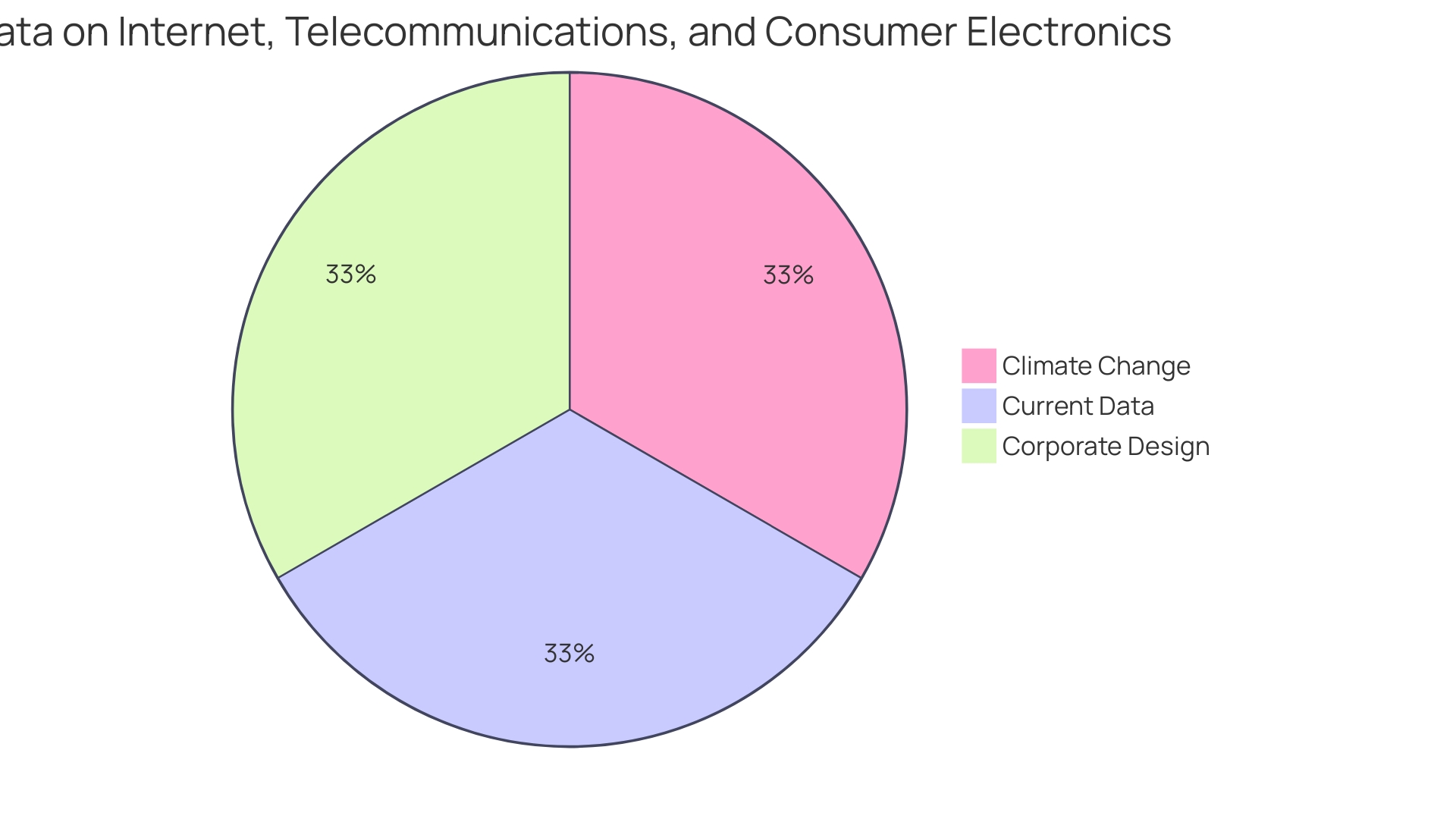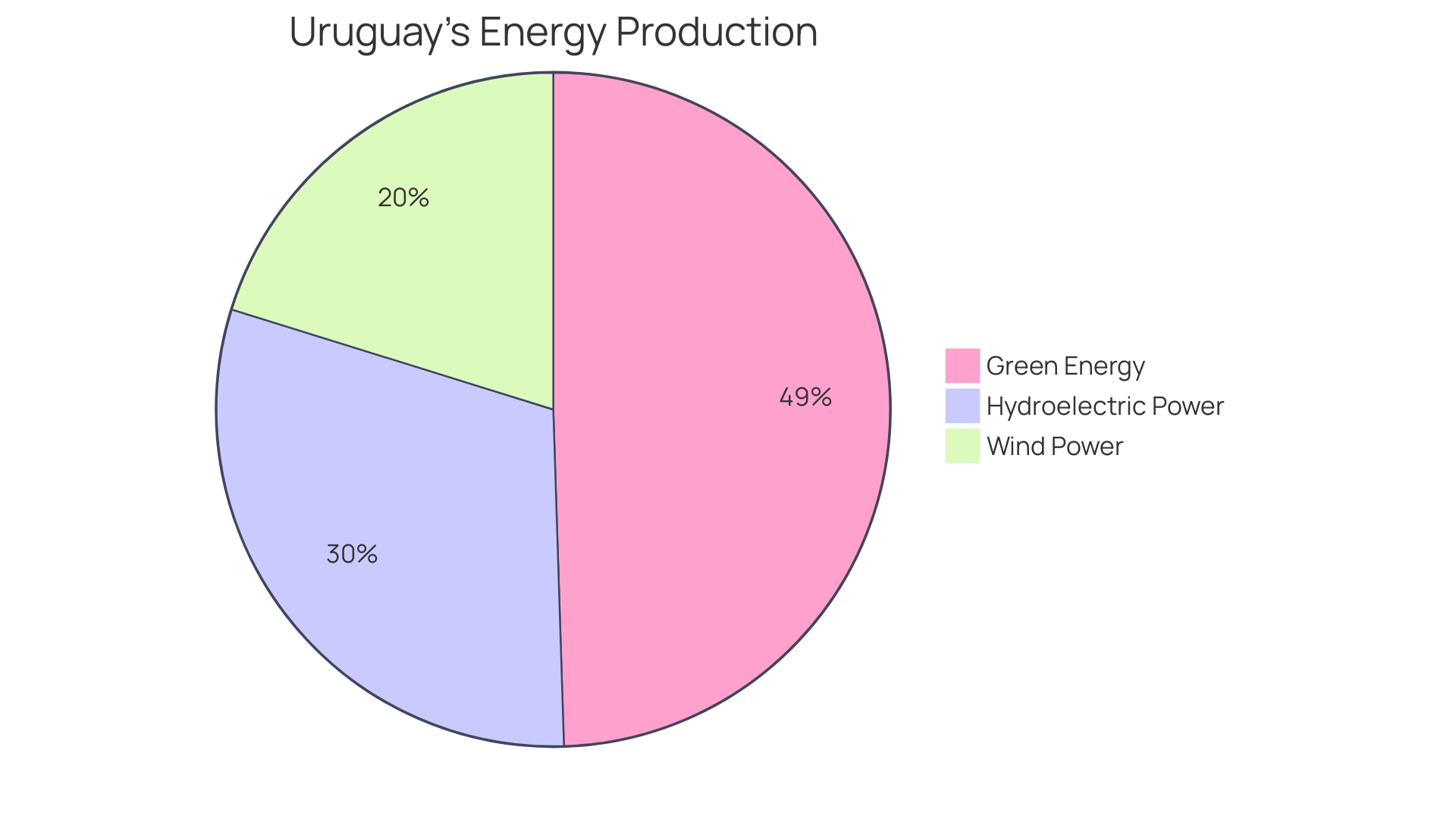Introduction
As the urgency to combat climate change grows, sustainable carbon solutions have emerged as crucial measures for a healthier planet. These solutions encompass a wide range of approaches and technologies aimed at reducing carbon dioxide (CO2) emissions, with the ultimate goal of achieving carbon neutrality or even carbon negativity. In this article, we will delve into the importance of sustainable carbon solutions, explore their benefits, discuss the challenges in their implementation, and highlight promising examples of these solutions in action.
This comprehensive overview will provide technical insights and analysis for an audience with a deep understanding of the renewable fuels industry. Join us as we explore the multifaceted world of sustainable carbon solutions and their potential to drive a more resilient and sustainable global community.
Understanding the Importance of Sustainable Carbon Solutions
As the imperative to mitigate climate change intensifies, sustainable carbon solutions are gaining traction as vital measures for a healthier planet. These strategies encompass a spectrum of approaches and technologies that aim to reduce carbon dioxide (CO2) emissions, with the ultimate objective of achieving carbon neutrality or even carbon negativity—essentially offsetting emissions through various means.
A notable example of such efforts is Danone, a global dairy powerhouse, which has taken on the challenge of reducing methane emissions from its milk supply chain. Collaborating with over 58,000 farmers, Danone exemplifies how a systems approach can amplify the impact of sustainability initiatives across research, policy, market coalitions, supply chains, and farms. The company's strategy represents a microcosm of the larger movement towards integrating systems thinking into corporate climate strategies.
Furthermore, recent news highlights the critical need for large-scale carbon removal. The Intergovernmental Panel on Climate Change (IPCC) has underscored the necessity of removing and permanently storing vast quantities of atmospheric CO2 to prevent catastrophic climate impacts. Yet, the progress so far has been a mere fraction of what is needed.
Ocean Alkalinity Enhancement (OAE), an emerging field of study, promises cost-effective carbon removal solutions, potentially as low as $25-$160 per ton, according to preliminary research models and laboratory work.
The report 'Roads to Removal: Options for Carbon Dioxide Removal in the United States' charts a comprehensive roadmap for the U.S. to achieve a net-zero greenhouse gas (GHG) economy by 2050. It emphasizes the critical role of atmospheric CO2 removal (CDR), presenting an integrated analysis of available CDR techniques, their potential scale, and associated costs. The report also posits the United States' vast carbon dioxide storage capacity underground—a resource that is imperative to leverage in the quest to reduce global warming impacts.
Lastly, addressing CO2 emissions from food waste emerges as an unexpected but significant contributor to climate change. Food waste alone accounts for approximately half of all emissions related to the global food system. This insight points to the importance of implementing evidence-based solutions to reduce food waste across the value chain.
In sum, the pursuit of sustainable carbon solutions is multifaceted, embracing everything from partnerships and policy to technological innovation and systemic changes in consumption patterns. These efforts are not just environmentally critical but also present opportunities for economic growth, job creation, and improvements in public health and environmental justice.
The Benefits of Sustainable Carbon Solutions
Sustainable carbon solutions provide a cornerstone for achieving a greener future, with countries worldwide setting ambitious targets to mitigate climate change. Uruguay, for instance, exemplifies success in this area, with 98% of its electricity coming from renewable sources, primarily due to its strategic utilization of wind energy. This has been made possible by capitalizing on the country's abundant wind resources and unoccupied agricultural land, leading to approximately 40% of its energy production being wind-generated.
The urgent need for such solutions is underlined by the Intergovernmental Panel on Climate Change (IPCC), which emphasizes the necessity of removing and storing vast quantities of atmospheric CO2 to avert the worst impacts of climate change. The development of Carbon Capture and Utilization (CCU) technologies is a promising avenue towards this end. CCU not only aims to minimize carbon emissions at the source but also repurposes the captured CO2 for sustainable fuels, chemicals, and construction materials, aligning with the Circular Carbon Economy (CCE) framework.
The potential benefits of sustainable carbon solutions are multifaceted. They contribute significantly to environmental conservation, protecting ecosystems and biodiversity. Furthermore, they enhance energy efficiency, leading to cost savings and reduced energy consumption.
These solutions also present considerable economic opportunities, sparking job creation and economic growth through the advancement of renewable energy technologies and infrastructure.
Moreover, the social implications of climate change are profound, affecting everything from agriculture to essential services like transportation and energy supplies. Nature-based solutions play a crucial role in carbon storage and bolstering climate resilience, highlighting the imperative for immediate, substantial action to combat climate change.
Experts in the field underscore the importance of a concerted effort to reach net-zero emissions. The 'Roads to Removal' report outlines a strategic path for the United States to achieve this goal by 2050, detailing the potential for large-scale CO2 removal and storage. According to Project Drawdown, reaching the pivotal moment when atmospheric greenhouse gas levels begin to decline—known as 'Drawdown'—is vital for the planet's future, requiring a swift embrace of available climate solutions.
Sustainable carbon solutions, therefore, stand as a beacon of hope and a testament to human ingenuity, driving forward the necessary transition towards a more resilient and sustainable global community.

Challenges in Implementing Sustainable Carbon Solutions
As we navigate the terrain of carbon neutrality, understanding the multiple challenges of sustainable carbon solutions is pivotal. Harnessing the wind's power has proven transformative in places like Uruguay, where a staggering 98% of electricity generation is attributed to green energy, with wind energy comprising around 40%. This showcases the potential of leveraging natural resources and innovative thinking to overcome technological limitations, a challenge that is significant yet surmountable.
The case of Uruguay exemplifies the critical role of policy and regulatory frameworks. By recognizing wind as a national resource and investing in its wind energy infrastructure, Uruguay has made vast strides towards a sustainable energy future. Similarly, innovative startups like Carbonova Corp. are advancing through successful funding rounds, illustrating the power of financial incentives and public-private partnerships in overcoming financial barriers.
Education and public awareness are equally essential, as demonstrated by breakthroughs in petrochemical alternatives. Dr. Christine Gabardo's pioneering work in creating fossil fuel-free ethylene signals a shift in industrial processes towards sustainability, but it also underscores the need for public engagement and understanding of these complex technologies.
McKinsey's insights reveal that up to 90% of 2050 baseline man-made emissions could potentially be abated with existing technologies, including commercially mature and emerging innovations like e-fuels and floating wind turbines. Yet, this requires recognition of the capital intensity and engineering challenges unique to climate tech businesses. By demystifying technologies through transparent communication and bankability studies, we can foster an environment conducive to the adoption of sustainable solutions.
The financial landscape for climate tech is burgeoning, with investments shifting significantly towards technologies aimed at reducing emissions. However, the current investment levels are insufficient to meet the steep emission reduction targets set for the coming decades.
In summary, the journey towards sustainable carbon solutions is fraught with obstacles, but through strategic policy support, financial innovation, public engagement, and the clear communication of technological capabilities, these challenges can be transformed into opportunities for a greener future.

Promising Sustainable Carbon Solutions in Action
Pioneering companies like Southwest Airlines and Gevo are taking significant steps toward integrating sustainable aviation fuel (SAF) into their operations, signaling a transformative shift in the aviation and energy sectors. Southwest Airlines has embarked on reducing its carbon footprint by blending SAF with conventional jet fuel, aiming to cut greenhouse gas emissions and foster a more sustainable aviation industry. Conversely, Gevo's advancements extend beyond aviation, as their proprietary technology produces low-carbon, renewable fuels and chemicals, demonstrating versatility in promoting a greener economy.
In the broader context, efforts to reduce emissions are not isolated to the aviation sector. Danone, for example, has taken a systems approach to collaborate with 58,000 farmers worldwide, aiming to curtail methane emissions—showcasing the potential of public-private partnerships to address climate challenges across industries.
Groundbreaking achievements, such as Virgin Atlantic's milestone flight towards net-zero carbon emissions, underscore the industry's commitment to sustainability. The airline's dedication to exceptional service and innovation is mirrored in its environmental initiatives, including collaboration with major partners like Delta Air Lines to enhance its transatlantic network while maintaining a focus on environmental responsibility.
Similarly, Airbus's ambitious goal to ensure all its aircraft are 100% SAF-capable by 2030, in partnership with Emirates, reflects a proactive stance on sustainable aerospace. These efforts are bolstered by engagements with industry groups and governments to expedite the scaling of SAF production and supply.
Despite the promise of SAF, it's important to note that as of late 2023, only 0.1% of flights are powered by this alternative fuel. The challenge lies in producing and storing sufficient SAF quantities to power long-haul flights, a hurdle that must be overcome to realize the full potential of this technology.
The journey to a net-zero GHG economy by 2050 in the United States, as outlined in the 'Roads to Removal' report, relies on decarbonizing the economy and scaling atmospheric CO2 removal. The capacity for CO2 storage beneath our feet is immense, and the adoption of methods like Biomass with carbon removal and storage (BiCRS) could play a pivotal role in achieving these ambitious environmental goals.
Addressing the carbon cycle in sectors like industry, electricity, and transportation is essential to reducing the nation's GHG emissions. With the right strategies and technologies, these sectors can contribute significantly to a net-zero future.
Ultimately, the embrace of sustainable carbon solutions represents a profound opportunity for innovation, environmental conservation, and economic growth. Through understanding and action, industries can contribute to combating climate change and creating a more sustainable world for generations to come.
Conclusion
In conclusion, sustainable carbon solutions are vital in the fight against climate change. These approaches and technologies aim to reduce CO2 emissions and achieve carbon neutrality or negativity. Throughout this article, we have emphasized the importance of partnerships and systems thinking, as demonstrated by companies like Danone collaborating with farmers to drive sustainability across supply chains.
The urgent need for large-scale carbon removal has been highlighted, with Ocean Alkalinity Enhancement (OAE) showing promise as a cost-effective solution. However, scaling up these efforts is crucial to meet the required targets.
Implementing sustainable carbon solutions faces challenges, including technological limitations, policy frameworks, financial barriers, and the need for public awareness. Overcoming these obstacles requires strategic support, financial innovation, transparent communication, and demystifying complex technologies.
Promising examples of sustainable carbon solutions in action include Southwest Airlines and Gevo integrating sustainable aviation fuel (SAF), as well as Danone's collaboration to reduce methane emissions. These initiatives demonstrate the potential of partnerships and industry commitment to sustainability.
In summary, embracing sustainable carbon solutions is essential for combating climate change, driving innovation, preserving the environment, and promoting economic growth. By understanding the challenges and taking decisive action, we can create a greener future for generations to come. Together, we can make a significant impact in building a more resilient and sustainable global community.




